Entering 3-series comes with some key responsibilities you need to follow through with to better secure your financial future. The original version of this article was published on FundingSocieties.com.my.
Many Malaysians become conscious when they enter the famed “3-series”. It’s a milestone where one looks back at what they’ve accomplished in their 20s. This is an age where adulting expectations and responsibilities start to catch up. One area that keeps adults in their 30s up at night is their personal finance.
Most of us gather personal finance awareness through time-tested advice given by our parents. It usually stems from the idea of getting good grades in school, securing a job, and sticking to it until the day we retire.
Alas, in the past few decades many of these well-meaning pieces of advice were challenged. Global economic crisis, regional conflicts, the rising cost of petroleum and inflation, technological changes, as well as the outbreak of a global pandemic transform the landscape tremendously.
Contents
1. Neglecting to Spend Off a Budget
The first personal finance mistake one can commit in their 30s is not working off a budget.
In our 20s, optimism – and maybe FOMO – guided our spending habits. Graduates would probably start their career off with some student loans (read: PTPTN). Most of the deductions are handled by our employers. The salary we receive is generally our nett take-home pay. After a couple of years of working, we accumulate other financial commitments and prepare for major milestones like getting a new car, receiving our first credit card, preparing for marriage, as well as raising a family. Budgeting gives us an overview of our actual take-home pay after deducting commitments which we have to be responsible for.
Before jumping into the complex budget spreadsheet templates, you start by identifying your income for the month. How much are you taking home after statutory deductions like your EPF, SOCSO, and EIS contributions?
Depending on your employers, your tax and zakat may have already been deducted on your behalf. If this is not the case – especially when it comes to personal income tax – you will need to set aside some funds to pay the taxes owed at the end of the tax year.
Under expenses, you may want to start from categories and line items. Categories could include the cost of living and financial commitments. Cost of living, for instance, covers your monthly groceries, rent, telephone bills, personal grooming expenses, petrol, and toll. You can put PTPTN, credit card, personal loan, car loan, and house loan repayment under “financial commitments”.
Besides these generally fixed expenses, you could have ad hoc line items like entertainment and shopping. It could be the occasional birthday dinner or gifts you’d get for your loved ones.
For the purpose of accounting, savings and investments are not expenses per se. You still have them at your disposal. Whether you want to put ‘Savings and Investment’ under ‘Expenses’ or in its unique category, it is up to you. Putting it under expenses means adopting the “out-of-sight-out-of-mind” approach. You take it out of the accessible pool completely and forget about it. Anecdotally, you ‘spend’ the sum. This is a matter of preference.
With a budget at hand, you know how much is earmarked for certain expenses or line items in that particular month. Tracking your expenses based on your budget can help you balance it each month. When push comes to shove, you have an idea of which line item to reduce or eliminate entirely.
2. Not Building Up Different Funds
The second personal finance mistake which we may make in our 30s is not setting aside different ‘funds’.
One crucial fund is the famed emergency fund. Personal finance gurus advocate having six to nine months’ worth of expenses in emergency savings. You’d draw from this fund when you lose your job, get a furlough, or receive a pay cut. When you have to tap into your emergency fund, your goal is to replace the sum utilized as soon as you can. It becomes a continuous minimum threshold to have on hand.
Another set of funds that you should consider building is your ad hoc funds. It could be for your postgraduate studies, wedding or purchasing your first home. While our EPF contributions allow us to tap into our Account 2 for our education and home purchase, it should be tapped into the last resort. After all, our EPF contributions were mandated to help us in our retirement years.
As the fund names imply, the lifetime of these ad hoc funds could be short-term. Once a goal or object is met, you no longer need the fund. What you allocated before could be redirected to another purpose.
It might be useful to create a “Doodad Fund”. This is inspired by Robert Kiyosaki’s Cashflow board game. Doodads are miscellaneous things you’d buy every now and then. It could be gadgets like the latest iPhone. It could be used to fund your travels or hobbies.
3. Not Exploring Different Investment Vehicles
Technology and competition in the financial space have created a myriad of savings and investment vehicles beyond the traditional savings account, current account (not exactly the right financial product to grow your wealth with), and fixed deposit accounts.
For investors who are intimidated by the complexities of the stock market, one can consider unit trusts from reputable fund houses. Investors pool their resources together in the fund managed by the fund house. Different funds offer different risks and investment focus. Broadly, there are five types of funds: equity funds, fixed-income funds, money market funds, balanced funds, and shariah funds.
Besides unit trusts, there are Exchange Traded Funds (ETFs) as well. The concept is similar to unit trusts where investors pool their money together but the exposure is limited to the basket of shares within the stock market.
Besides these options, one can venture into P2P business financing where investors fund financing facilities applied by micro, small, and medium enterprises (MSMEs). The more risk-averse among us can venture into the stock market, crypto assets, as well as non-fungible tokens (NFT).
In our 30s, it is important to be aware of these different vehicles and the necessary knowledge to successfully utilize them to achieve our financial goals. Equally important is to understand our risk appetite.
As the adage goes “high risks yield high returns”. It could also result in high losses. As a guide, different investment vehicles and financial products can be ranked at different risk levels. On a personal side, you also have a corresponding risk appetite. There are three basic classifications: Conservative, Moderate, and Aggressive. If you fall within the ‘Aggressive’ category, you can take on more losses while reaping higher rewards. The volatility is palatable. Usually, aggressive investors have solid cash flow or reserves or have a longer investment horizon. On the other end of the spectrum, Conservative investors are more risk-averse or have a shorter investment horizon. Thus, they would stick to a more steady investment vehicle like bonds and Category 1 & 2 unit trusts. The Moderate investors fall in between.
4. Not Minding One’s Debt and Credit Score
By end-June 2021, Bank Negara Malaysia reported that Malaysia’s household debt climbed from RM1.27 trillion to RM1.34 trillion. In the middle of the pandemic, Malaysian household borrowings rose by 10.5% to RM184.7 billion. Why did Malaysians take out these loans? It’s for consumption credits, purchase of residences, and cars. As we enter our 30s, we can expect to see a similar increase in our debts.
When kept unchecked – coupled with regular sales and promotions – our outstanding credit card balance can balloon to the max. It is dangerous when our sights are set on the minimum monthly payment. What leads to this increase? Often it is either emergency or impulse purchases. That is the danger of spending without a budget or not having the appropriate funds set aside. The knee-jerk response to get additional funds would slowly cause our debt to balloon.
This leads to another issue related to debt and financial commitments: our credit score. It indicates to financial institutions – and some employers – how likely we are to repay our debt. Each time we apply for credit or loan, these institutions would get a credit report from an authorized credit rating company.
There are four main sources providing credit scores and reports. The primary one is CCRIS – which stands for Central Credit Reference Information System – owned and operated by Bank Negara Malaysia (BNM). CCRIS receives data from participating financial institutions and converts them into credit reports.
Another credit reporting agency is CTOS Digital Berhad which provides the Credit Tip-Off Service (CTOS). CTOS draws your information from CCRIS as well as other sources including the Insolvency Department of Malaysia, the Companies Commission, and others.
The other two credit score and report providers are:
- Experian Information Services (Malaysia) Sdn Bhd – which was formerly known as RAM Credit Information Sdn Bhd (RAMCI); and
- Credit Bureau of Malaysia.
You are recommended to check your credit report and credit score at least once a year to see and evaluate your creditworthiness. Often these reports come with suggestions on how to improve your score as well as how you fare compared to other Malaysians.
5. Not Having Adequate Financial Protection
Besides savings and monitoring spending, there is another essential component in prudent personal finance: having enough protection. In other words, either not having insurance or being underinsured. Insurance providers offer different plans which are designed to cater to different needs and protection.
The most basic insurance to have is health/medical insurance. It is also colloquially known as a ‘medical card’. Health insurance covers the treatment that you get during hospitalization. Health insurance in Malaysia is not all-encompassing. However, it does sometimes cover the major medical costs. Some medical cards have additional ‘riders’ like critical illness (CI) coverage. This CI coverage provides financial security when treatment fees balloon.
Another insurance plan often confused with health or medical insurance is life insurance. On the surface, life insurance seems to have similar benefits as medical insurance: payouts on sudden death, critical illness, and permanent disability (whether total or partial) among others. Unlike medical insurance policies, life insurance is not designed to cover the treatment. Rather, it is there to provide financial protection for your family in case something unexpected happens. The payment will be paid out in lump sum to your beneficiaries – not you except in cases of permanent disability. A general rule of thumb is that the sum insured should adequately cover your existing liabilities and provide some buffer to allow your family some time to provide for themselves – especially if you are the sole breadwinner.
After covering these bases, you may then consider other specialized insurance plans to protect yourself and your family:
- Mortgage Reducing Term Assurance (MRTA) which helps you pay off your home loan in the event of your death and other permissible circumstances;
- Credit card debt insurance helps settle the outstanding sum accumulated on your credit card upon your death, permanent disability, or critical illness.
Other insurance plans and policies include property insurance and motor insurance. Again, on the surface of it all, it appears to be complicated and intimidating. But these different insurance plans should come at different stages of your life.
Take the MRTA as an example. It only applies when you purchase your home. Your housing loan still needs to be paid upon your death. Sadly there have been instances where loved ones are forced out of their home because of outstanding debt.
Likewise, when you apply for a credit card, it is crucial to look into the credit card debt insurance because upon your death, the outstanding sum must be settled by your estate. The lenders can initiate legal action to recover the debt – including taking properties and possessions through foreclosure, selling them, and taking what they are owed. However, with this insurance in place, your outstanding sum will be paid to the lender by the insurer. Your estate and loved ones can have some degree of peace of mind.
6. Not Aggressively Saving for Retirement
The Employees Provident Fund (EPF) has repeatedly issued warnings about inadequate savings for retirement with the fund. For lower-income members, the threshold is set at a minimum of RM240,000. Based on the 2021 statistics, 6.1 million EPF members have less than RM10,000 for retirement. This does not include the non-contributors like homemakers and freelancers. While the EPF allows contributions made on behalf of these groups, the contribution is done voluntarily.
Besides the EPF, the Malaysian Government introduced the Private Retirement Schemes (PRS) which is meant to supplement the statutory contribution made to EPF. Like the EPF, contributions and savings to the PRS can only be accessed once the individual has reached the age of 55 years old. PRS funds are managed by private fund houses. It is regulated by the Securities Commission. To encourage Malaysians to contribute to the PRS, investors enjoy up to RM3,000 personal tax relief annually. Similar to EPF contributions, creditors cannot claim PRS contributions in the event you are declared bankrupt.
Preferably, your retirement fund should be kept in a different financial vehicle that you cannot easily access. The beauty of starting early is that you rely on the power of compounding interests. Albert Einstein is reported to have said “Compound interest is the eighth wonder of the world. He who understands it, earns it. He who doesn’t, pays it.”
Starting in your 30s, too, allows you to deploy the Ringgit-Cost Averaging (RCA). The ringgit-cost averaging strategy is a localization of the dollar-cost averaging. You set aside a fixed about at fixed intervals. This disciplined approach looks at the sum set aside, rather than the units acquired. For instance, you can commit RM300 aside a month irrespective of how much a PRS fund unit price may cost. When the price increases, you get fewer units; conversely, when the price decreases, you get more units. Again, looking back at your risk appetite, this may take a longer time if you are indeed an Aggressive investor. But if you are a Conservative investor, it may help spread your potential losses over the years.
Our 30s is a decade for exploration, expansion, and growth
We’re much more settled down compared to our 20s. Our careers would be better established. We would have taken ‘adulting’ seriously by now. It is a time with many major milestones – planned and unplanned.
So far we’ve covered some mistakes which you could do:
- Not spending based on a budget;
- Not setting aside money in an emergency fund and specialized funds;
- Not exploring different investment vehicles and understanding your risk profile;
- Not minding your debt and credit rating;
- Not having adequate financial protection; and
- Not aggressively saving for retirement.
Starting may take some time. Some of the habits like budgeting and keeping track of expenses don’t come naturally to us. Like any habit, it takes time and a lot of learning, unlearning, and relearning. However, not starting them could snowball into something serious in our 40s, 50s, and later years.
Signup with Funding Societies
If you are new to investing and haven’t already heard, Funding Societies Malaysia is NOT a cryptocurrency investment platform. We do however offer P2P Investment opportunities with P2P Financing. So if you’d like to explore P2P Financing and learn how you can help the local economy by growing Malaysian SMEs, join us today!
Account opening link: FundingSocieties.com.my
Referral code: jghl0uiv


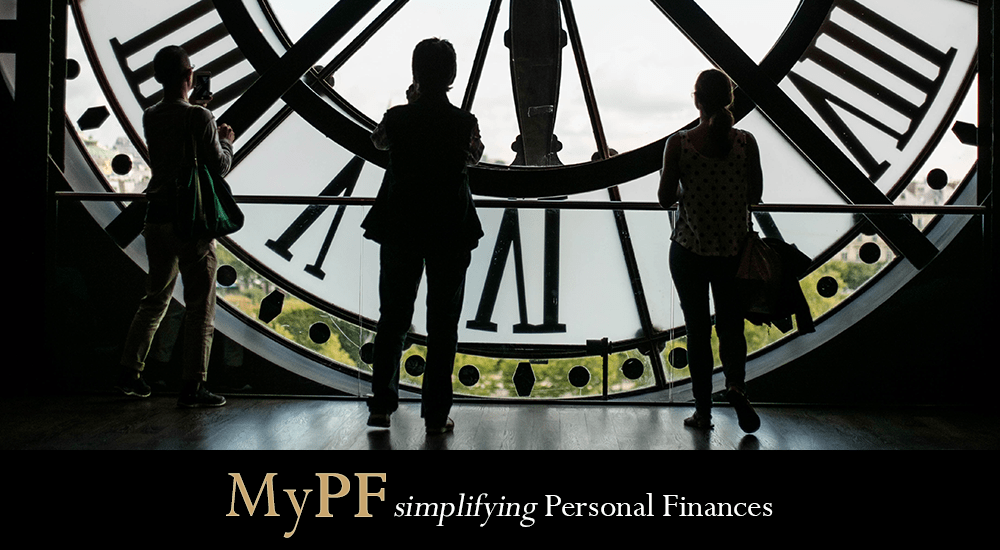
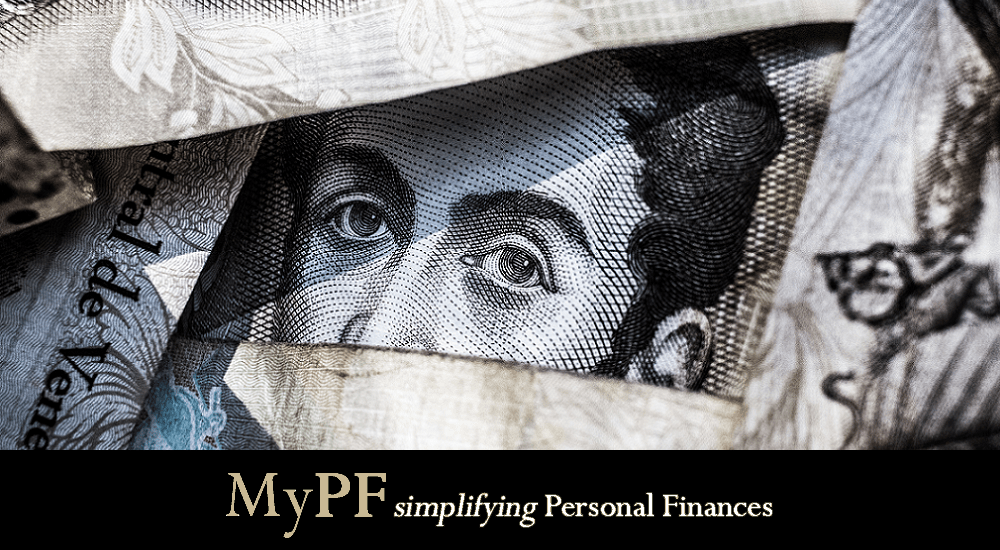
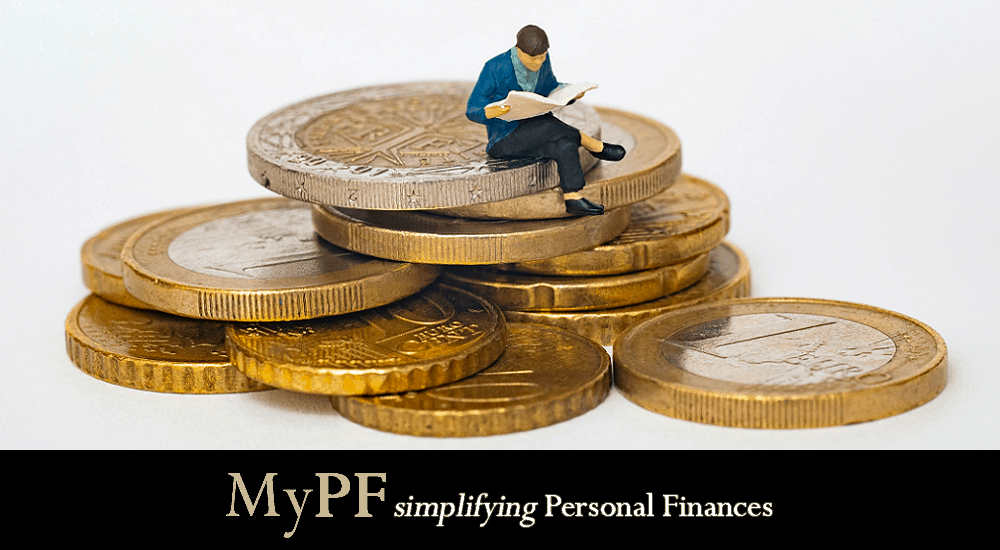

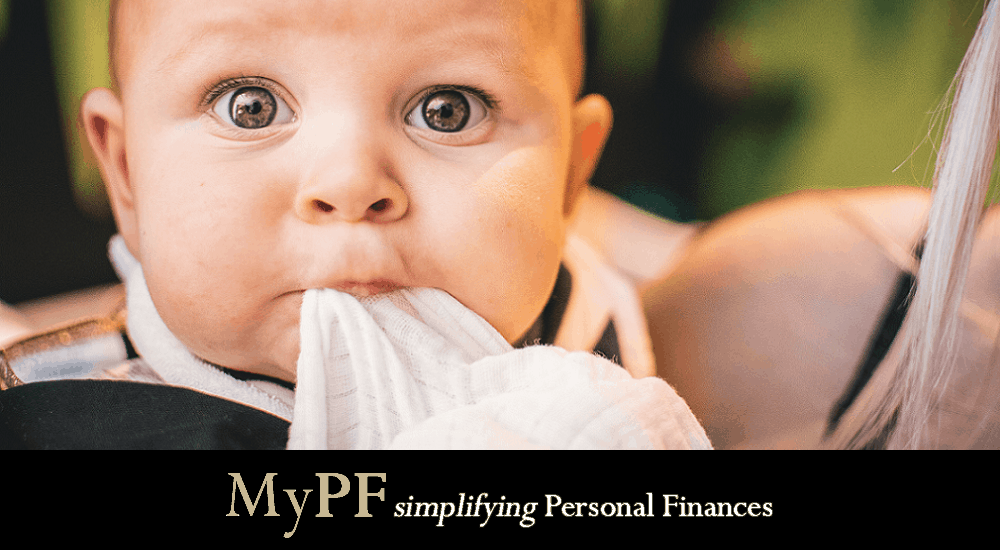


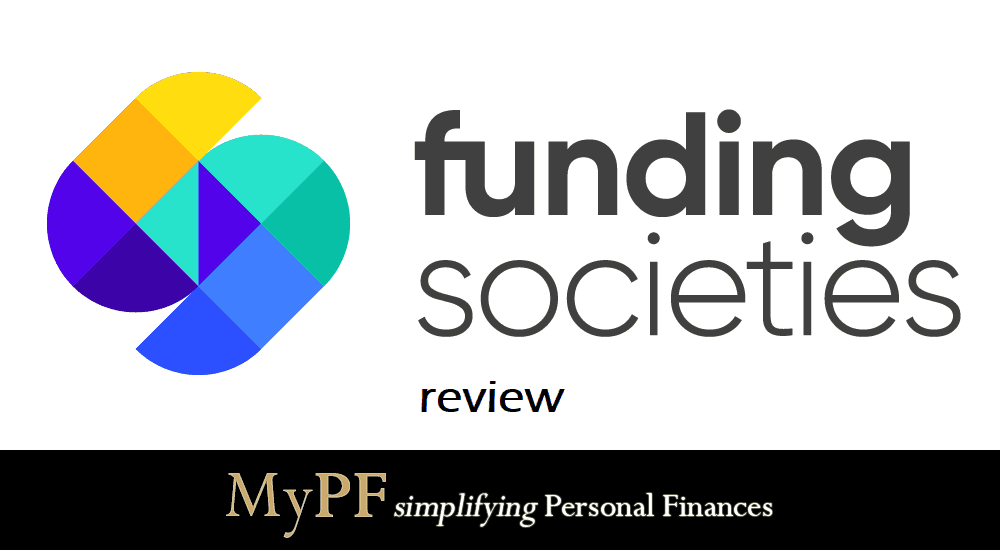



Leave A Comment